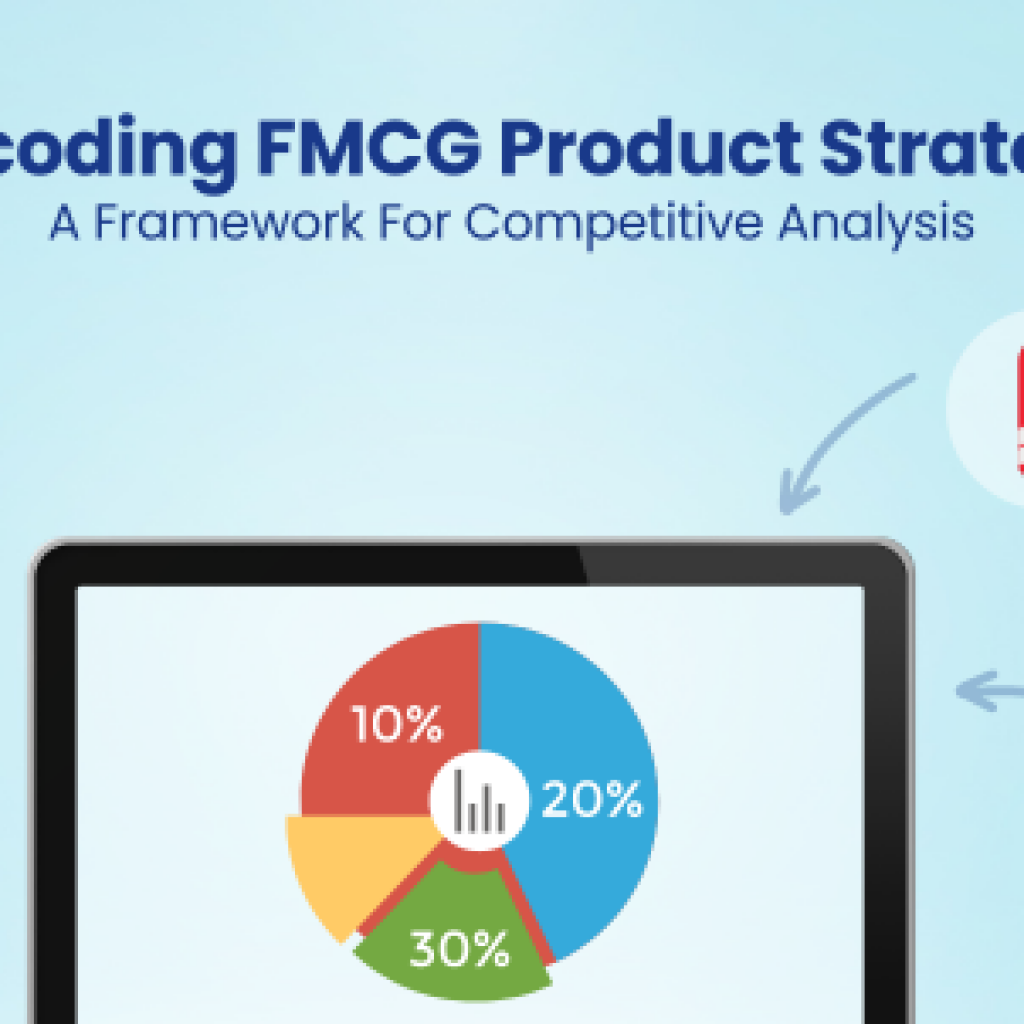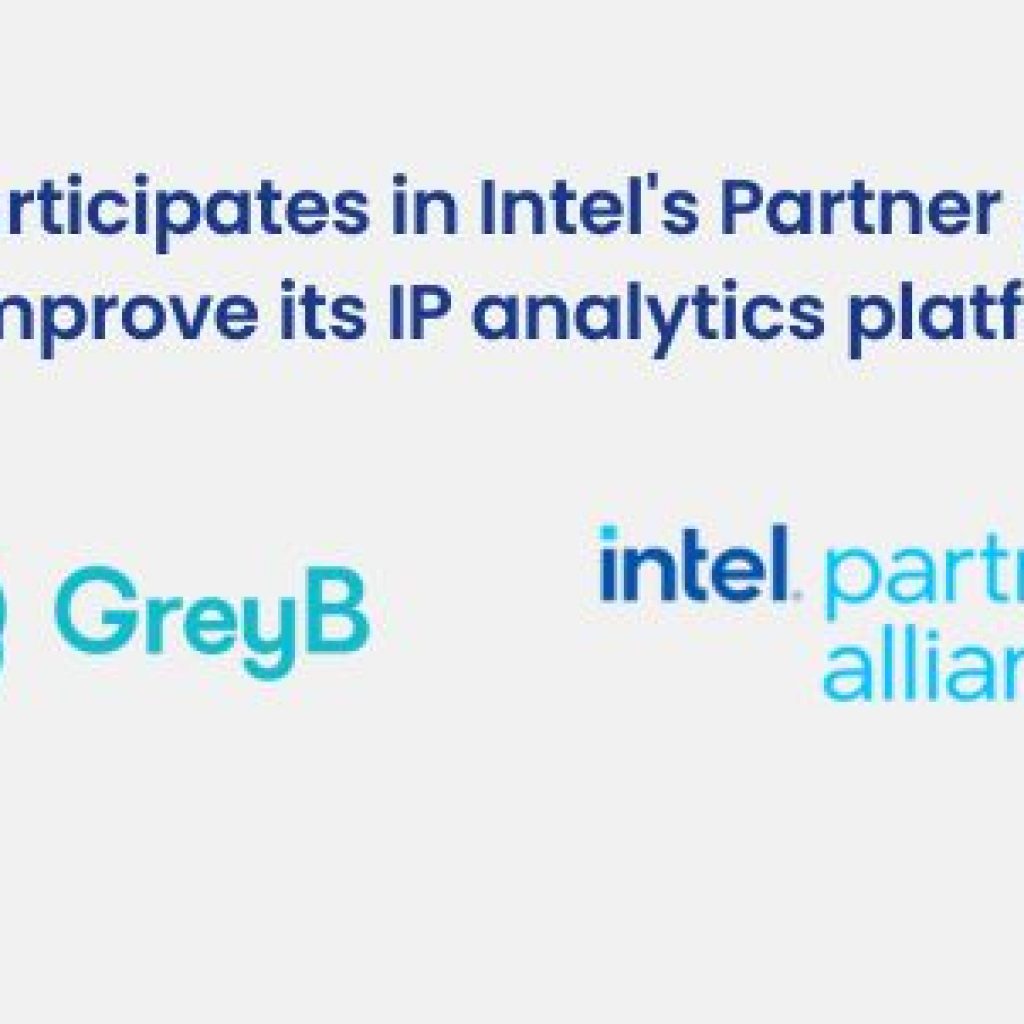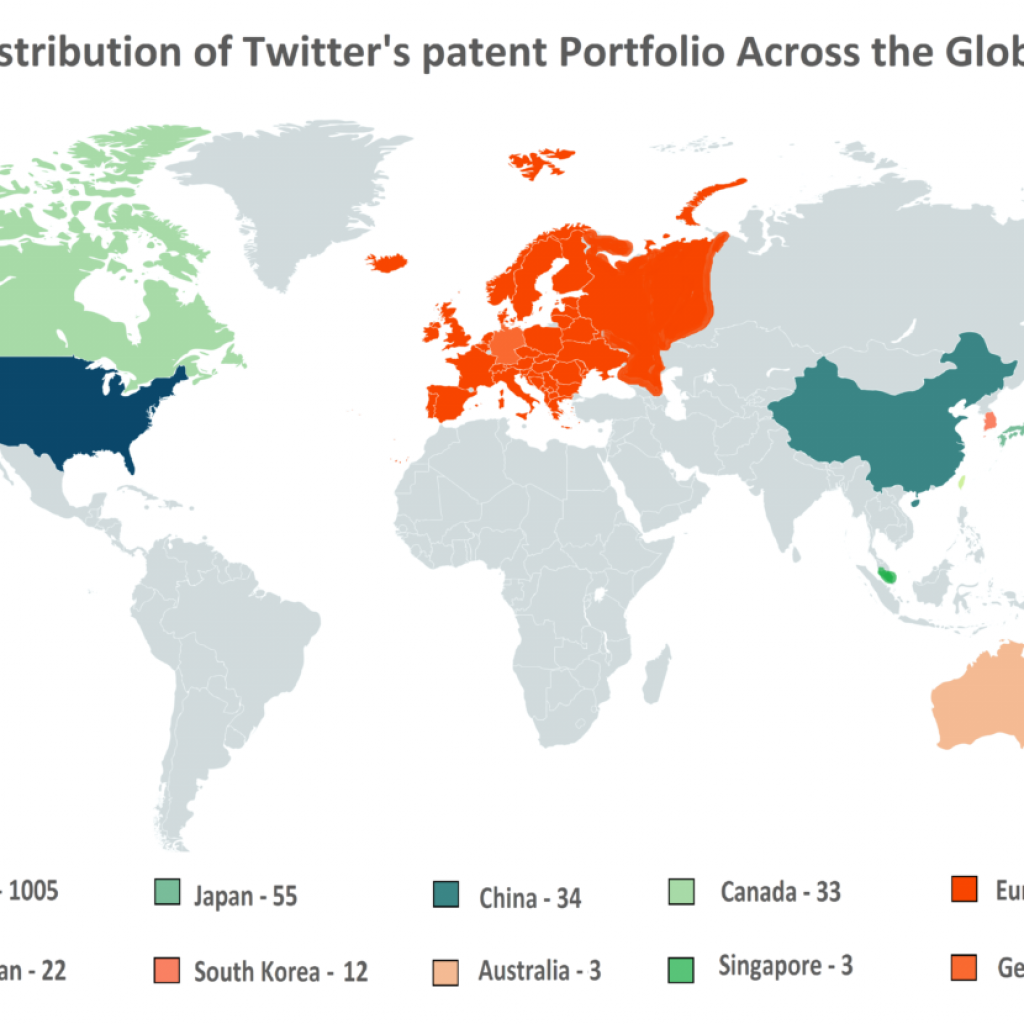In the last article, we discussed the culture at DARPA that makes sure the agency funds or works at world-changing ideas.
If you haven’t gone through the article yet, you must as it has some practical ideas of which you can implement some to propel your team to hunt “only Breakthrough” innovation. Click here to read.
In our today brief time together, we would have a look at some other different processes DARPA follows that helps it achieve its goal of finding never seen before “world-changing invention”.
Here is what we will discuss:
How DARPA Screens Idea?
All the ideas submitted to DARPA are reviewed by government experts and they also consider the opinions of subject matter experts of that tech field. The Source Selection Board makes a recommendation on whether to accept an idea or reject it. Its recommendations are based on the technical risk associated and potential of an idea – whether it is groundbreaking or simply absurd.
Though the Source Selection Board considers subject matter experts opinion, however, not all the time it, time and again, rejects expert opinions and gives a green signal to ideas and execute them as well. For example, when DARPA consulted subject matter experts on an idea that claimed an increase of the survival rate by a factor of five for military armored vehicles in case of an IED explosion, the experts rejected the idea.
As per the experts consulted, improvement by a factor of two would be a major achievement and considered that as the limit of possibility. DARPA rejected expert opinion and funded the project which resulted in an increase in survivability factor by ten and not five or two.
How DARPA keeps itself at the edge of a tech development?
The mission of DARPA is to Prevent and Create Technological Surprise and Change the World. And to live up to their mission statement, the agency has to keep itself abreast with the state of the art and all the technological development happening. Further, to screen and pick ideas, the judgment requires the program managers and office leadership to be always at the top of the happenings in the world of research. This is How DARPA does this is:
One on one with researchers
Direct contacts are the agency’s vital source of information and new ideas. Program managers and office leadership do frequent travel to meet professionals of their communities to stay informed. Other than that, DARPA organizes a lot of workshops and conferences to achieve the same objective.
Broad Agency Announcements (BAAs)
BAAs are another way that keeps the agency well informed of the technical development. BAAs specify the areas where the agency wants to work and the goals it wants to achieve. Potential contractors then submit their proposals in response that helps the agency decipher the edge of a technological area.
Request for Information (RFI)
RFI is another way in which the agency sends a request to a particular expert or a set of experts for information on what they are working on. Researchers in academia and industry share information with DARPA because they know that the information supplied won’t be made public.
Organizing Competition
Like NASA, DARPA organizes competition open for all group—which negates the chances of favoring only a particular type of experts. Google’s Driverless Car project, in fact, was born in one of such challenges organized by DARPA where Prof. Sabastian Thrun showcases his self-driving vehicle named Stanley.
How DARPA makes sure a prototype sees the light of the day at its end user’s hand?
Even the world-changing ideas can’t change the world until they are moved from a lab to the outside world. At DARPA it is made sure that an innovative idea gets converted into a prototype which further moves outside and gets adopted by the military or civilian world.
Part of our job is to de-risk a new technology sufficiently for the private sector to invest in for product development. In the biomedical space, the necessary investments tend to be enormous.
~~ Matt Hepburn, Program Manager
At DARPA, program managers have primary responsibilities of converting an idea to prototype and then to a product. The Adaptive Execution Office (AEO) of DARPA helps a program manager throughout the lifetime of a project by bridging the knowledge gap that exists at different stages when an idea moves from prototype to a product.
One of the key objectives of AEO is that a new program manager with no or little experience of working with the military should have equal chances of success as those with experience. Many a time the AEO makes an arrangement where a project manager works directly with the military which helps him/her understand the ground realities which further help him/her in transitioning of a brilliant idea into a practical device.
CMO: The Office of how to get things done
DARPA focuses on the short –term, cutting edge, urgent work and The Contract Management Office (CMO) helps it achieve that goal by writing contracts that make it possible for an even smaller organization to participate.
The Contract Management Office of DARPA, unlike other government traditional contracting offices, focuses on getting things done faster by bringing flexibilities in a contract. The creative contracting by CMO eliminates unnecessary procedures and processes. This lightens the bureaucratic overhead and makes it possible for even smaller organizations to participate which otherwise can’t afford the complex government contracts.
We are mission-oriented, not process oriented.
~~Scott Ulrey, Deputy Director, CMO
The agency has given statutory authority to develop OTs as well. OT stands for ‘Other Transaction’ which is a commercial-like contract however free of few guidelines and policies a Government Agency must adhere to.
OT makes an investment in new technologies at the R&D stage, and to participate in technology development and in ensuring that the results would be commensurate with the requirement of the US Dept. of Defense. Not only at R&D but OT invests in prototype as well.









